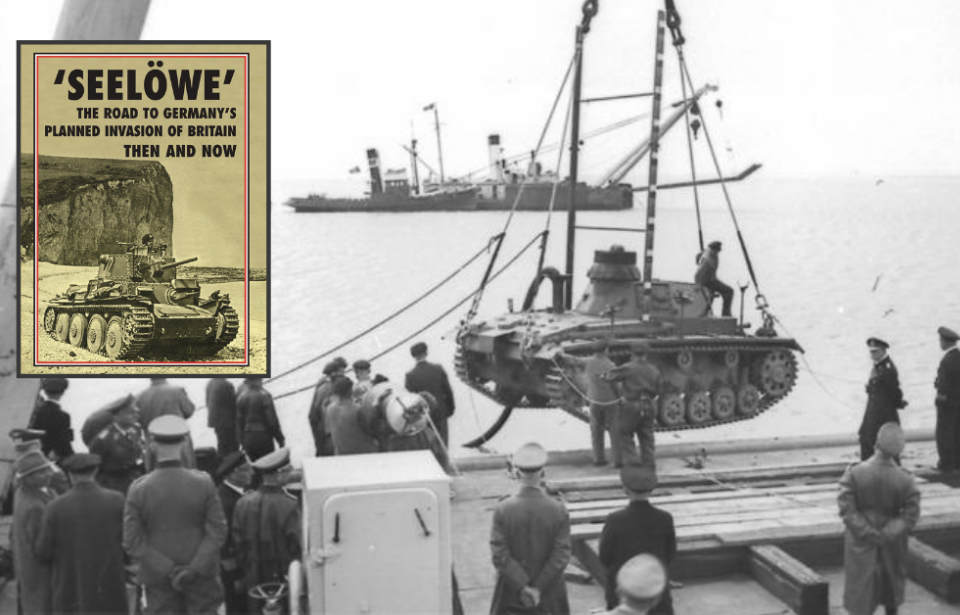There is a scene at the end of the classic movie Battle of Britain where German troops are seen dumping lifejackets after defeat in the air battle led to the abandonment of plans to invade the UK. The film simplifies and truncates events to some degree, but the broad facts are firmly cemented in place that The Few saved the free world just as the dark schemes of the Nazis were fixed towards the destruction of communist Russia.
How serious about invading southern England were the Germans? Did they have the means and the will to really go ahead with it? There is no question they would have done so if they could, but the pace of victory in France and the makeup of the German forces were not conducive to conducting an amphibious assault on a hostile seashore.
Any invasion of Kent and Sussex would have to be implemented by a fleet of hastily converted vessels of all shapes and sizes. They may have arrived by sea, but this was not to be a truly amphibious assault. It was more a case of happenstance. This ragtag fleet would have been at the mercy of the Royal Navy, and it would most probably have been a massacre.
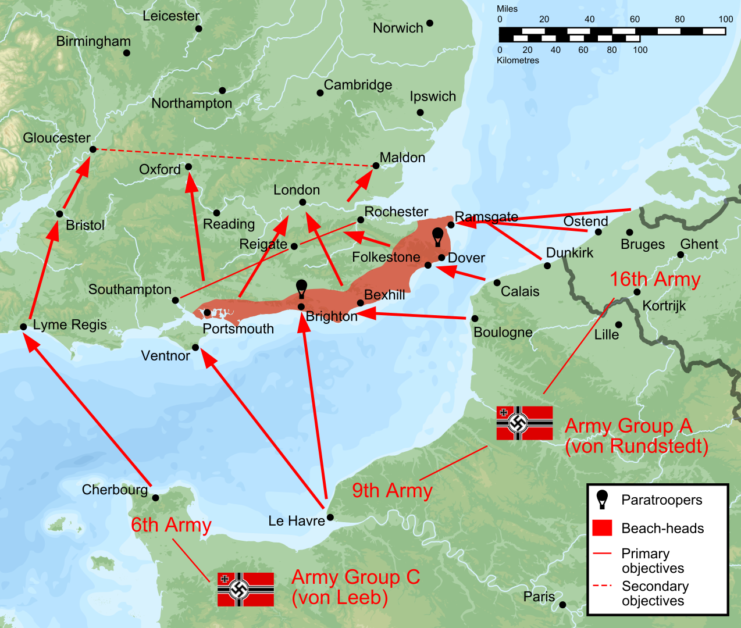
While the Luftwaffe pretty much dominated the skies as they swept across France and had successes against random vessels, things would be very different attempting an invasion of Britain. The Germans did not have dedicated anti-shipping squadrons to take on the Royal Navy.
U-Boats might represent a threat, of course, but there was only so much water to work with. The English Channel would have been a crowded sea offering the Germans little room to maneuver at the key landing points between Brighton and Folkestone.
The weight of numbers would be telling. While they may have failed on land, the British were still preeminent at sea. Meanwhile, the RAF was ready to pounce. The Battle of Britain was fought to remove the British air threat. But while it was precipitous for the British, the Germans fought a confused campaign of missed opportunities combined with shockingly poor intelligence and unrealistic assessments.
Some historians offer a persuasive argument that the battle was a complete waste of time, sacrifice, and effort for the Germans. Certainly, as soon as they resorted to bombing cities, any tactical advantage was thrown away.
We’ve seen many After the Battle books before, and they remain the go-to resource for many historians. I grew up on the magazines produced by Winston Ramsey and his colleagues, but the much younger me found the books a tad expensive. Once that could be remedied, I went on to build a treasured library of the publisher’s work. The team’s photographic research and treatment of images in publication have offered a huge influence on how I do some of my own work. In short, ATB has been a big part of my WWII photo history world for several decades.
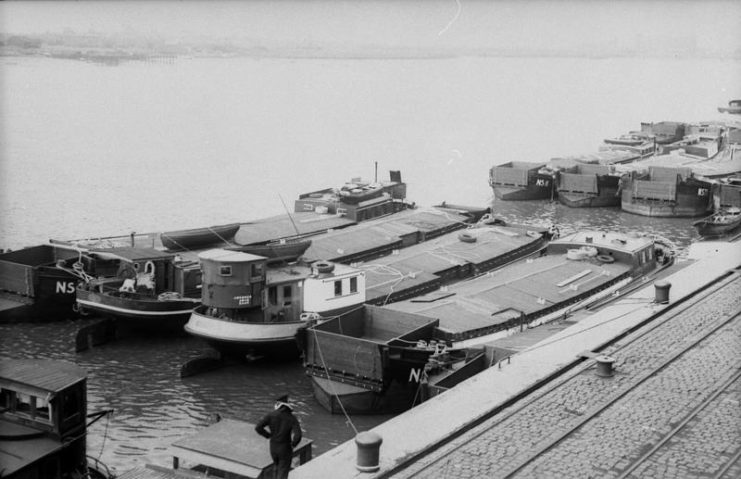
This latest volume looks at Seelöwe or Sea Lion, the Germans’ planned invasion of Britain. Setting it into context takes up a fair chunk of the book because it is important to place war with the British into Hitler’s vision. Right from the start, he held out some hope of a negotiated settlement, and this seemed more likely when the panzers rolled into Abbeville after just a few weeks into their campaign in France.
But there were to be no negotiations, and despite ignominious defeat on the mainland, the British had escaped across the Channel to fight on. At this point, the Germans appeared to hold all the aces and invasion seemed inevitable. This book looks at the practicalities, and it is clear that converting barges and other vessels to carry tanks and troops was far from an ideal scenario, but the Germans had few options.
You can drive along the coastal roads running parallel with the beaches the Germans selected for landings, including Pevensey, where the Normans landed in 1066. Further east is Rye Bay, a place that has long been a favorite of mine, and there is some irony in knowing the Germans would have waded ashore at Camber, where the 1958 movie Dunkirk was filmed.
There were odd remnants of anti-invasion obstacles present when my son was very young, and we would mess about in pools where the stumps had been exposed by the tide. Nowadays, acceptance that the true enemy is the sea has seen an enormous wall of rocks placed where slopes of shingle had weathered the storm for decades. The panzers would have no chance. The fact is they never really did.
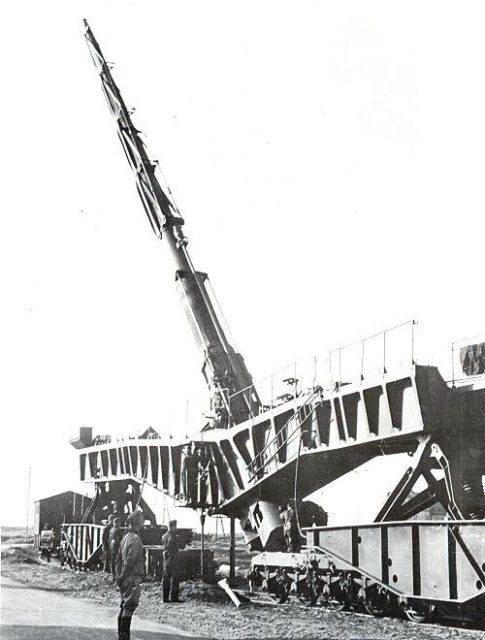
Whether it was defeat in the Battle of Britain, a lack of will on the part of Hitler, or his bigger plans to invade Russia, an invasion of Britain was never as definite as British propaganda needed it to be. The Few did win a great victory — and all power to them — but once Goering’s air fleets began bombing London, the game was up.
This is not hindsight; it is tactical reality. Failure to gain air superiority, much less win any naval advantage, made an invasion of southern England a huge and potentially costly gamble. On the face of it, it was easier to isolate Britain by blockade and strangle the enemy’s ability to fight on. Happily, the Germans didn’t have the resources to do that, either. But that is another story.
This is an interesting book because it looks at the detail of Sea Lion, showing us the Germans’ planning, the practical problems they faced, their arguments over the pros and cons, and the buildup of shipping and resources to carry the proposed invasion out. Some of what the British did to stop them is revealed, and we see how cross-Channel gunnery played a part.
The Germans wasted no time in turning their big guns on Dover, and the British responded in kind. These artillery duels would last into the summer of 1944. The authors make a point of showing the spot on the French coast where the architect of other ruinous wars had planned to invade Britain. The memorial column to Napoleon makes for an impressive sight.
With Seelöwe, ll the usual attention to detail is here, and the familiar style of design and presentation works on every level. You always know you are in safe hands with these books, and I can only hope things continue. ATB has been around for so much of my life, and I can’t begin to imagine a time without it.
Reviewed by Mark Barnes for War History Online
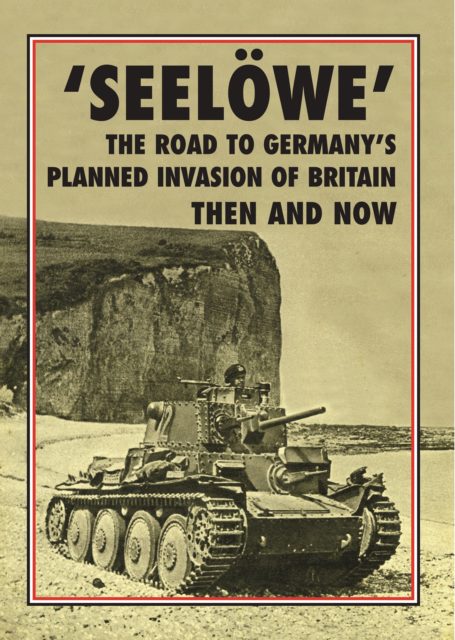
‘SEELÖWE’
The Road to Germany’s Planned Invasion of Britain Then and Now
Edited by Winston Ramsey
Battle of Britain International Ltd
ISBN: 978-1870067027
